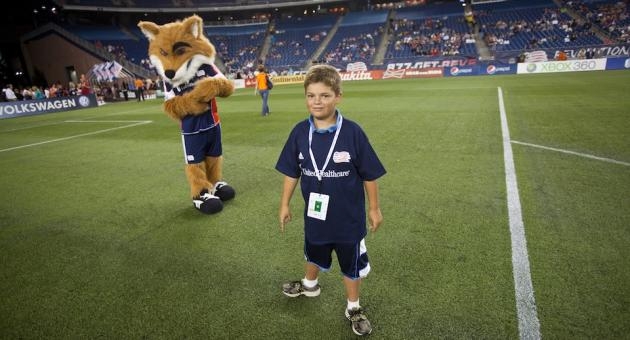Community weight loss program helps reduce childhood obesity

Could a clinic-based intervention that assists in dealing with childhood obesity be scaled down into an easily-taught, community-based program? Yes, according to a new feasibility study conducted by researchers at Temple University’s Center for Obesity Research and Education and published in the journal, Pediatrics.
Working in partnership with UnitedHealth Group and the Greater Providence YMCA, the Temple researchers conducted a six-month program on weight loss and management for 155 children and their parents or guardians in Providence, R.I.
“We’ve known for decades that there are effective treatments for childhood obesity, but they are labor-intensive, expensive and not very accessible,” said CORE Director Gary Foster, who developed the study and designed its curriculum along with a scientific advisory board. “We were interested in seeing if a clinic-based program could be diluted and implemented in the community.”
Ninety-two percent of the children who participated in the program through the YMCA were obese and almost half were at or above the 99th percentile.
“The 99th percentile basically means you’re off the charts,” said Foster. “So with almost 50 percent who participated in this study in that category, it indicates to me that there is a lot of pent up demand for these programs in the community.”
During the study, the children and their parents/guardians met in 12 face-to-face group sessions at the YMCA and in 12 home sessions in which the parents/guardians conducted a lesson based on a provided handout.
During the sessions, the children were advised on methods to limit or avoid foods such as cookies, candy, sugar sweetened beverages and fried foods.
“Each week, families were given specific goals around eating, activity and tracking progress,” said Foster.
Foster said the following week, the group would problem solve about the task: how it went, what was easy and/or tough in accomplishing it. The group also discussed increasing physical activity, getting social support for their goals and dealing with peer pressure, such as friends who are drinking soda or eating pizza.
At the end of the six-month study, the researchers found that 8 percent fewer children were at or above the 99th percentile, while 10 percent fewer were in the obese category.
“The fact that 10 percent fewer children were obese after the program is impressive,” said Foster. “If a program like this were implemented across the country, there would be 10 percent fewer obese children. That’s a huge impact with significant health and economic implications.”
Foster said the fact that none of the group facilitators involved in the study had ever treated childhood obesity before demonstrates how easily the program can be brought into the community through schools, churches and other community organizations.
“Does it work as well as if we had treated the children intensively in the clinic? No,” said Foster. “It’s about a half to two-thirds as effective. But it is more cost-efficient and more accessible to the millions of families who need help, and if you can get 10 percent of the children to not be obese as a result of this program, that’s a big success.”
The research was published in the journal Pediatrics. The study was funded by UnitedHealth Group.